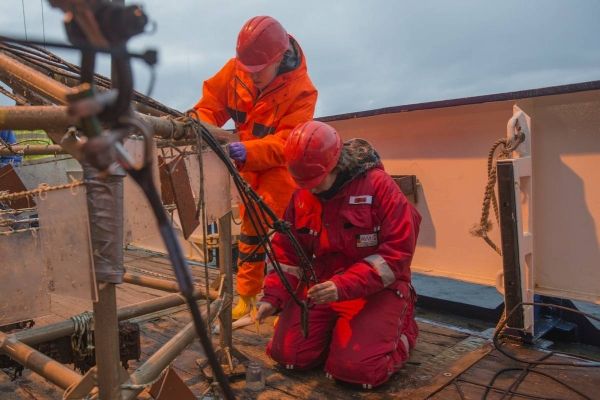There is a wide variety of animals living on the Arctic seabed. Attached to rocks, they feed by removing nutrients from the water using filters or tentacles. But it can take decades for these colonies to become established, and they probably don’t achieve their natural diversity until much later. These are the findings of a unique 18-year study by researchers from the Alfred Wegener Institute Helmholtz Centre for Polar and Marine Research (AWI), which has now been published in the scientific journal “Limnology and Oceanography”.
Some sponge species stand on rocks like Roman vases, while the tentacles of feather stars (comatulida) and sea lilies sway elegantly in the currents. When remotely operated underwater vehicles travel around the bed of the Arctic deep sea, their cameras regularly capture images of these sedentary creatures. One of the most important habitats for these organisms is the so-called “dropstones” – rocks and boulders that are incorporated into glaciers on land and then transported out to sea. Once the ice melts, the rocks sink to the seabed, where they provide precisely the hard substrate that many of these species require.
But how long does it take before the first settlers in the Arctic deep sea take advantage of this? And how does the community develop further? “Until now we knew next to nothing about this,” explains Michael Klages from the AWI. A few studies have investigated these questions in the Antarctic, but they focused on the shallow sea areas, where the conditions are different.
Read more at Alfred Wegener Institute, Helmholtz Centre for Polar and Marine Research
Image: Kirstin Meyer (l) and Melanie Bergmann collect organisms from the steel frame, which was salvaged after 18 years at the bottom of the Akrtian deep sea with the research vessel Polarstern. (Credit: Esther Horvath)


